Study: Cutting Ogallala Water Use Now Will Benefit Kansas Later
Not all is gloom and doom for the famed underground water resource that lubricates farm economies in the Great Plains.
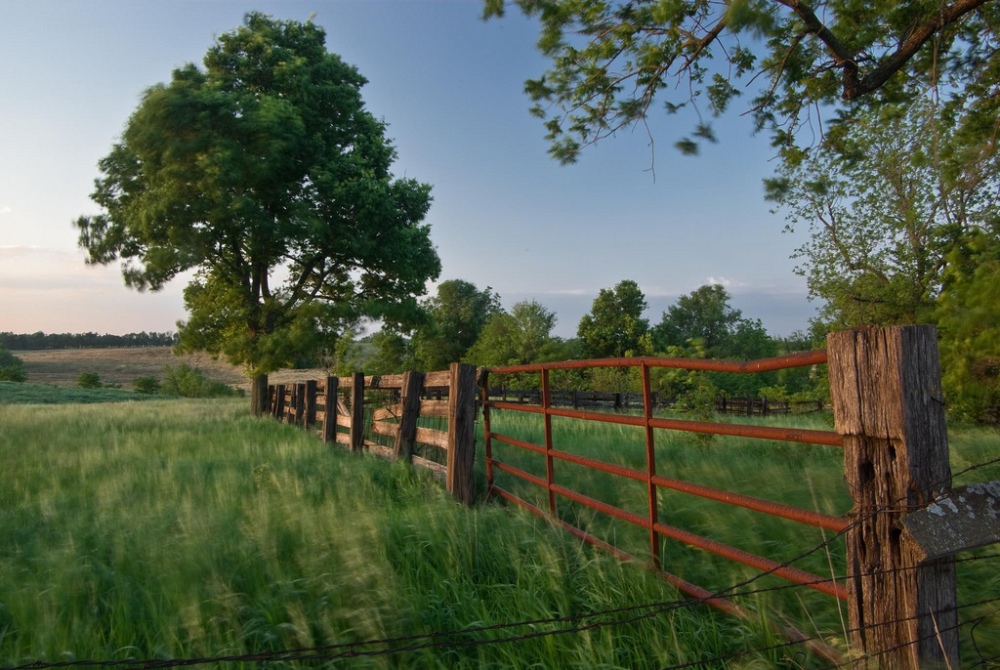
By Brett Walton
Circle of Blue
Since intensive farming began in the 1950s, some 30 percent of the water in the Kansas portion of the Ogallala Aquifer, a primary irrigation source, has been pumped out. How the remainder is used will determine the state’s agricultural fate for the next century, according to a new study from Kansas State University that analyzes the aquifer’s decline and its consequences for agriculture in Kansas.
The Ogallala, which stretches from South Dakota to Texas, is essentially a finite source because pumping is so great and the rainfall that would refill the aquifer is so scarce. At current trends, pumping for irrigation will decrease in Kansas over the next two decades as farmers pull water from deeper in the ground and wells dry up, and agricultural production will crest in the 2040s. At this same rate, nearly 70 percent of the aquifer in Kansas will be gone by 2060.
But there is a different path, the study argues, a path that requires conservation now to add years to the aquifer’s productive future. Total agricultural production over the next century will be greater than current trends indicate if farmers today reduce water withdrawals by 20 percent.
Such a cut would come with a short-term penalty, according to the study, which was published Monday online in the Proceedings of the National Academy of Sciences. Assuming an across-the-board pumping reduction of that magnitude, agricultural production would immediately drop to 1995 levels, similar to what occurred during the record drought last year in the Plains.
–David Steward,
professor of civil engineering
Kansas State University
But from that reduced baseline, production would grow to a peak in the 2070s, under the assumptions that land use and crop selection – mainly cattle and corn – remain constant and that farmers keep coaxing more crop out of each drop of water. Irrigated agriculture in Kansas would have a longer life, and regional economies would have a gentler transition to rainfed crops.
“Society has an opportunity now to make changes with tremendous implications for future sustainability and livability,” writes David Steward, a professor of civil engineering at Kansas State and the study’s lead author.
Changes from the Top and Bottom
Recently Kansas has transformed its water management practices, both from the statehouse and at the grassroots. Last year, Governor Sam Brownback, a Republican, signed a package of bills that gives water users more flexibility over when and how they use their water rights.
Then this spring, a group of farmers in northwest Kansas agreed to voluntarily reduce the amount of water they take from the Ogallala by 20 percent over the next five years – the exact reduction analyzed in Steward’s paper.
These local water users are the target for the study, Steward said.
“We’re trying to develop information for family farmers who want to pass on land to their grandchildren so that they might have the same farming opportunities there are today,” Steward told Circle of Blue.
The allure of heritage is powerful in this deeply agricultural land. Farms here run in the family, often for generations. Testifying last November in favor of the voluntary reductions in northwest Kansas, Roche Meier, a Sheridan County farmer who would be affected by the cuts, told a state water official that the restrictions would be worthwhile if they kept irrigated agriculture alive for his grandchildren.
Reducing pumping by 20 percent might turn out to be less a burden than feared, for several reasons. More crop production with less water is possible thanks to water-efficient technologies such as center-pivot and drip irrigation, varieties of corn selected to endure drier conditions, and farming techniques that maximize water use. The goal for each strategy is to ensure that each drop of water applied to a crop is put to use by the plant. The study found that this measure, called water-use efficiency, has increased by roughly 2 percent every year.
“Producers can overcome the reductions, to a large extent, by adopting new technologies and changing their field management practices,” said Bill Golden an agricultural economist at Kansas State University. Golden led a study that looked at the economic pain that might be caused by the water restrictions in northwest Kansas. He found little cause for concern.
“The regional economy probably benefits more than the producers because the water stays around longer,” he told Circle of Blue in March.
Forecasts that herald a bleak future also tend to drive water conservation, thus delaying the catastrophe. In 1981, the Associated Press reported on a study that predicted the Ogallala could be pumped dry by 2020.
Complications
Water is one factor for a plant’s growth; heat is another. And the world is getting hotter. Steward and his colleagues did not look at the effects that rising temperatures might have on crop production.
A 2011 study in the journal Science noted that the heat added by climate change is already stressing staple crops. In some countries, climate change is cancelling out yield increases that come from technological improvements.
Water can compensate for heat stress in a plant, but if producers are going to get by with less, they will need to be smarter and more creative with the supplies they have.
“These conditions heighten the premium on soil moisture management,” Dan O’Brien, an extension agricultural economist at Kansas State University, told Circle of Blue.
Brett writes about agriculture, energy, infrastructure, and the politics and economics of water in the United States. He also writes the Federal Water Tap, Circle of Blue’s weekly digest of U.S. government water news. He is the winner of two Society of Environmental Journalists reporting awards, one of the top honors in American environmental journalism: first place for explanatory reporting for a series on septic system pollution in the United States(2016) and third place for beat reporting in a small market (2014). He received the Sierra Club’s Distinguished Service Award in 2018. Brett lives in Seattle, where he hikes the mountains and bakes pies. Contact Brett Walton


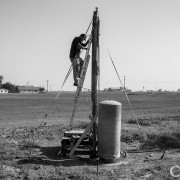
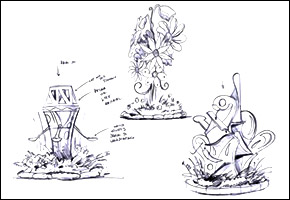

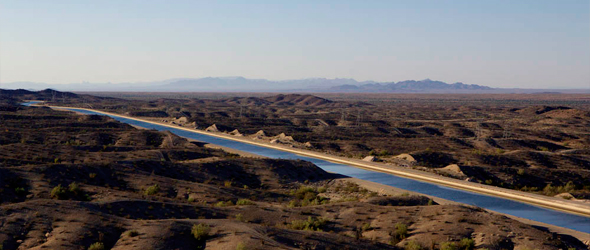
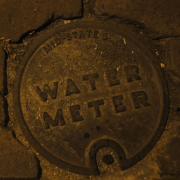

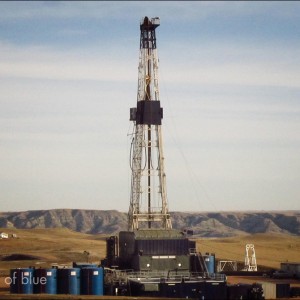

Leave a Reply
Want to join the discussion?Feel free to contribute!